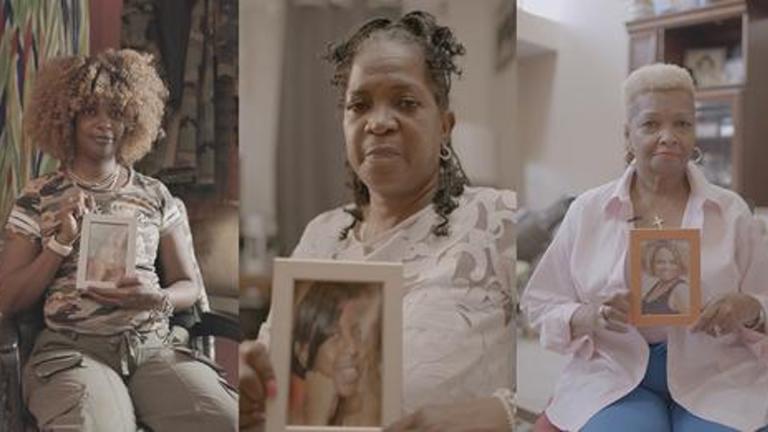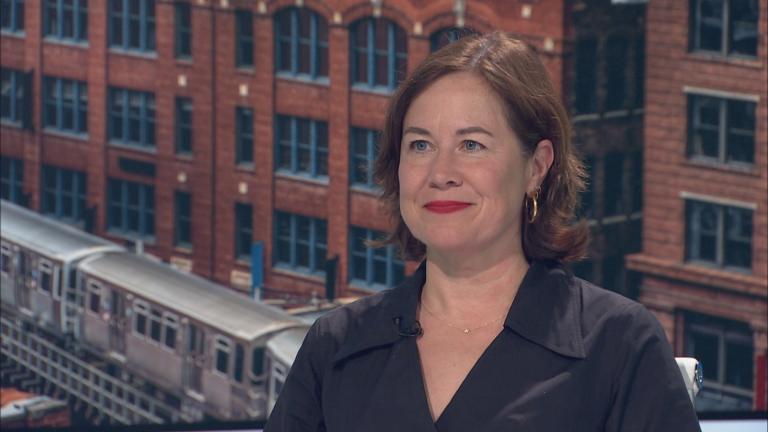Thanksgiving usually calls for filling our stomachs with turkey, mashed potatoes and lots of dessert. But for many, it’s not that simple.
According to the Greater Chicago Food Depository, one in five households in the Chicago area is facing food insecurity.
Similarly, a national report found that 17 million households were food insecure at some point in 2022, a signal that food insecurity is on the rise.
“While we would all say those results were disappointing and disheartening, it was not surprising,” said Jill Rahman, chief operating officer with the Greater Chicago Food Depository. “We have seen the increase in need, and we’ve responded to it, and it is our goal to continue to do that in 2023 as we continue to see the increase in need.”
Rahman said that increase is in part due to the impact of the pandemic, inflation and people losing their jobs.
“Those issues don’t pivot quickly to solutions,” Rahman said. “I would also say we look at where it’s happening. When you peel the onion back on the research, you’ll see that households with children are more likely to be food insecure in Chicago. Black households with children are 33% of those, and so we have to look at the issues of poverty. We have to look at the issues of inequity.”
The Woodlawn Community Food Pantry now opens its doors one extra day per week to help meet the demand.
“The need has changed drastically from a year ago. … People have to choose between buying food or paying for housing, buying food or paying for medical services,” said Reginald Guy, director of the pantry’s Senior Commodity Box Program. “So this is really impacting our community.”
According to Guy, the pantry is seeing more younger people, as well as migrants, making up a larger percentage of the population served.
“When we started the food pantry in 2019, our demographics were mainly seniors; 60 and over made up about 90%,” Guy said. “Nowadays, we see 50% seniors and 50% young people from the ages of 18 and 55. We were predominantly all Black food pantry service, all Black residents in Woodlawn. Today with the influx of migrants, we also have a high Latino and migrant population as well coming to our food pantry to receive food that they need.”
Meanwhile, Angela Taylor, wellness coordinator for the Garfield Park Community Council, has been part of an initiative taking matters into its own hands.
The initiative opened a grocery store pop-up in West Garfield Park set to run through Dec. 21.
The pop-up is aimed at ensuring local residents have access to the food items that they need ahead of the holidays and during the planned closure of the Save-a-Lot store on Pulaski Road.
“(There’s) absolutely no grocery store in any direction,” Taylor said. “One mile north, south, east to west, you will not find a quality grocery store or grocery store at all in the Garfield Park community. We couldn’t just sit on the sideline and not address that you got to get on the bus, take a Lyft, cost additional funds to have access, go grocery shopping.”
Her group has also hosted a neighborhood farmer’s market for the past 11 years trying to teach the community where healthy food comes from, “which is in the ground.”
“We all have the ability to be able to garner some of that ourselves, right where we live, we don’t need a full backyard,” Taylor said. “You can grow tomatoes, cucumbers in a container.”
The Census Bureau’s recent Poverty Report showed that poverty rose to 12.4% in 2022, more than double from 2021.
Audra Wilson, president and CEO of the Shriver Center on Poverty Law and a member of the Illinois Commission to End Hunger, said food insecurity and poverty go hand in hand.
“A lot of people don’t acknowledge that hunger is a crisis in the United States because we don’t think of it in the same way as we think of other countries,” Wilson said. “But the fact is there are so many families that are experiencing the inability to pay for their groceries, they’re skipping meals, they’re in locations where they’re not getting access to quality food, so it’s easier to get chips and very unhealthy foods than it is to get fresh produce.”
Advocates have stressed that rolling back numerous pandemic-era public assistance programs, like the Child Tax Credit and Emergency SNAP benefits, are negatively impacting families that needed that help.
“When the emergency benefits for SNAP were discontinued for Illinois residents come February, … you see the immediate uptick in the number of people who are going to pantries, and this doesn’t even include the increase of migrants who have come to the Chicago area,” Wilson said. “It is not a surprise that you’re seeing a direct correlation with a drop in the end of those benefits, especially this year.”
Contact Acacia Hernandez: @acacia_rosita | [email protected]








